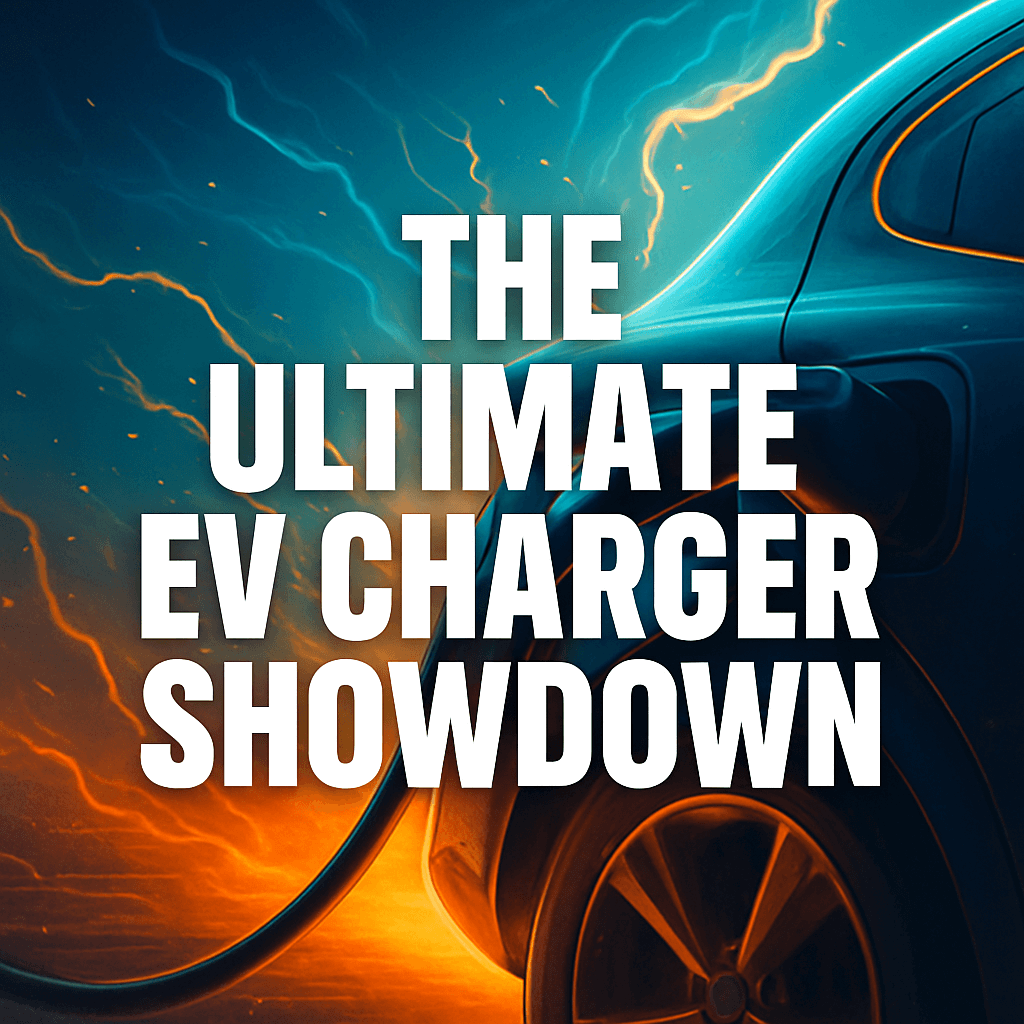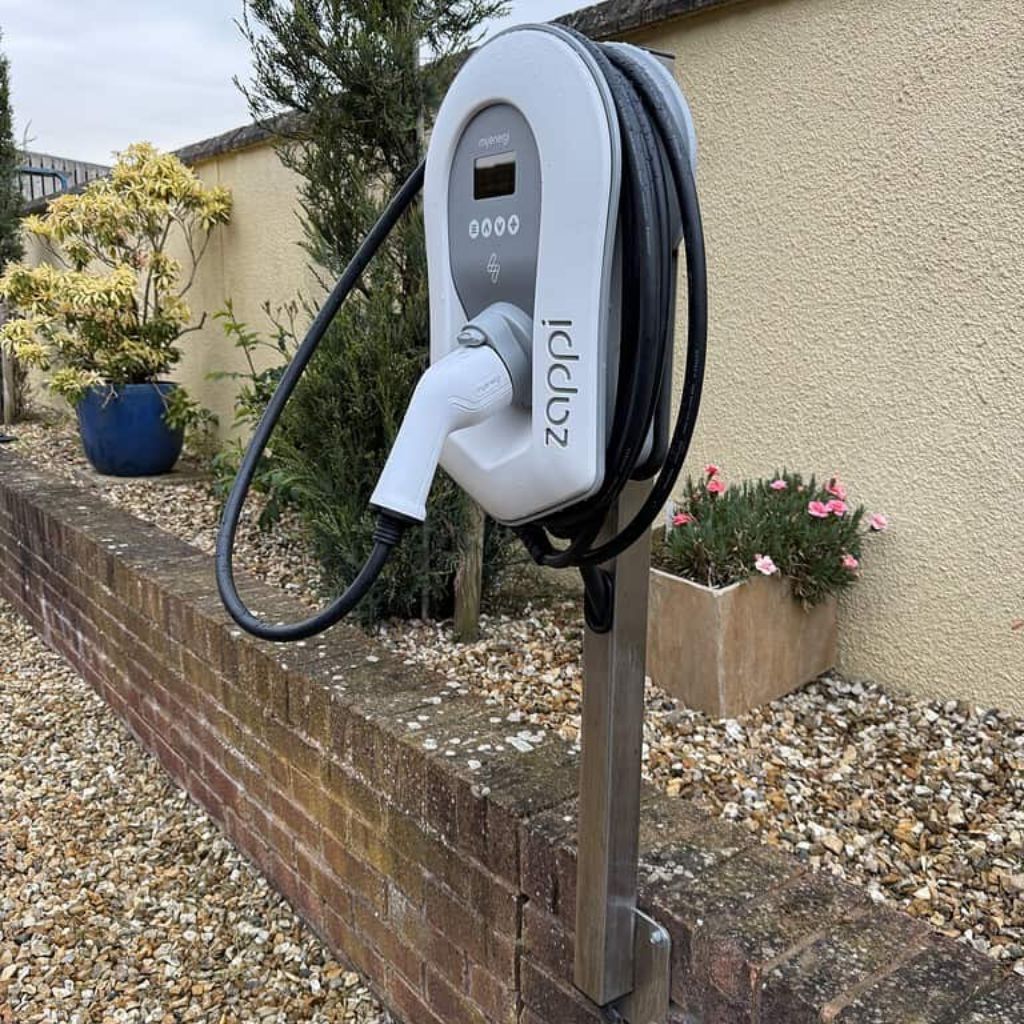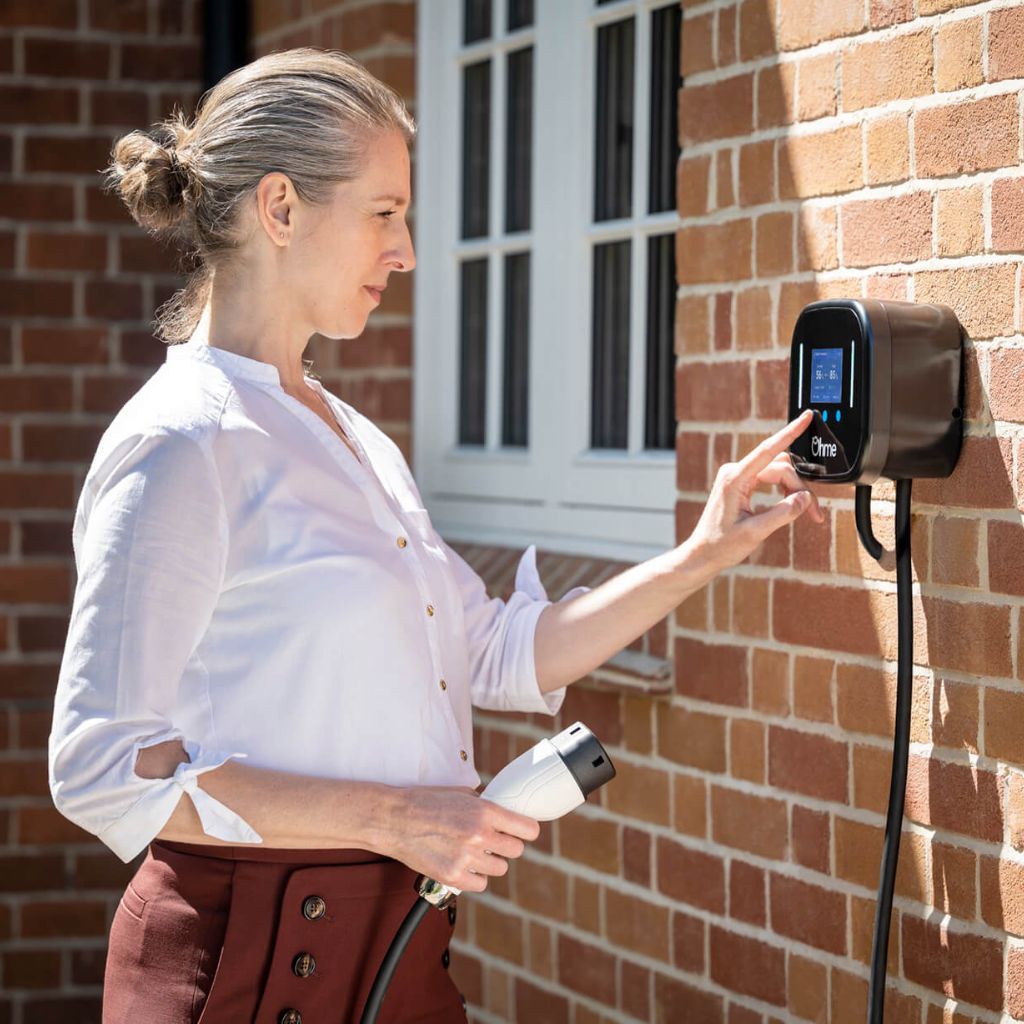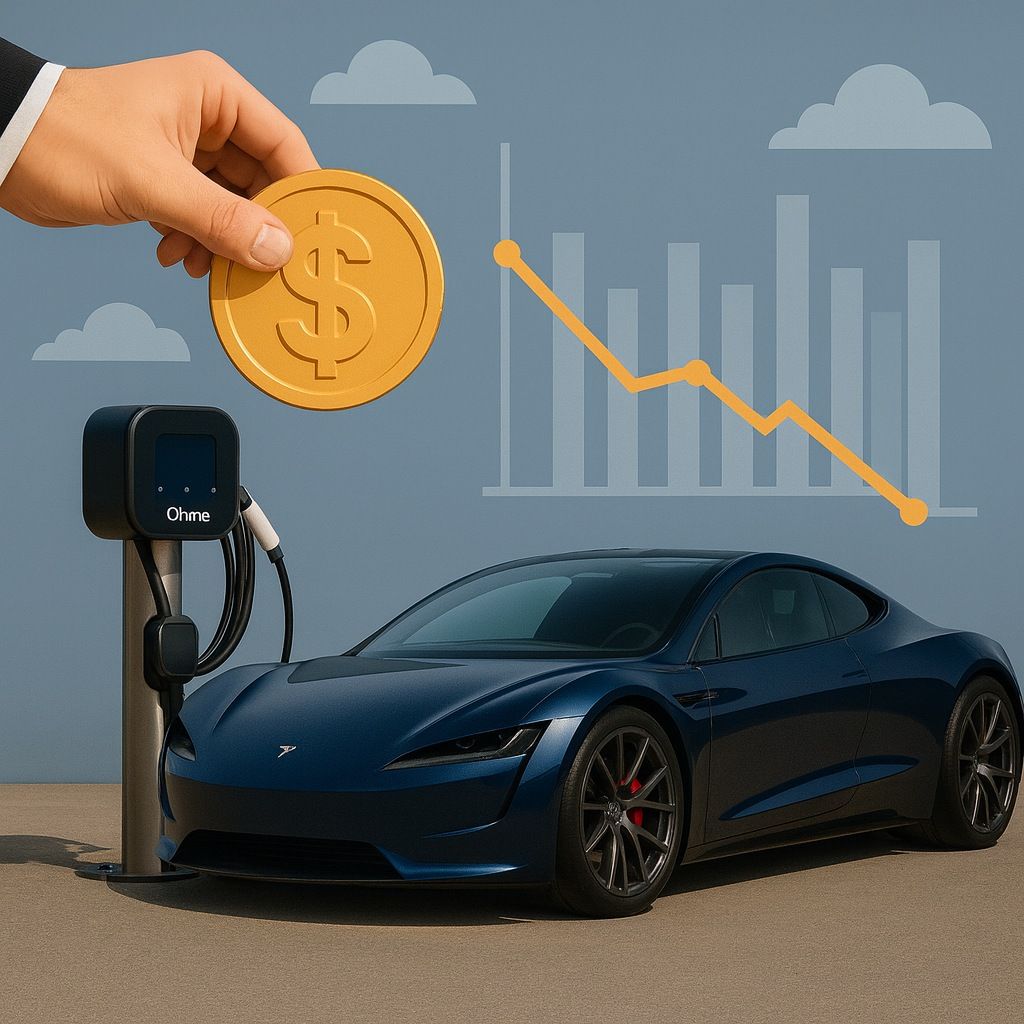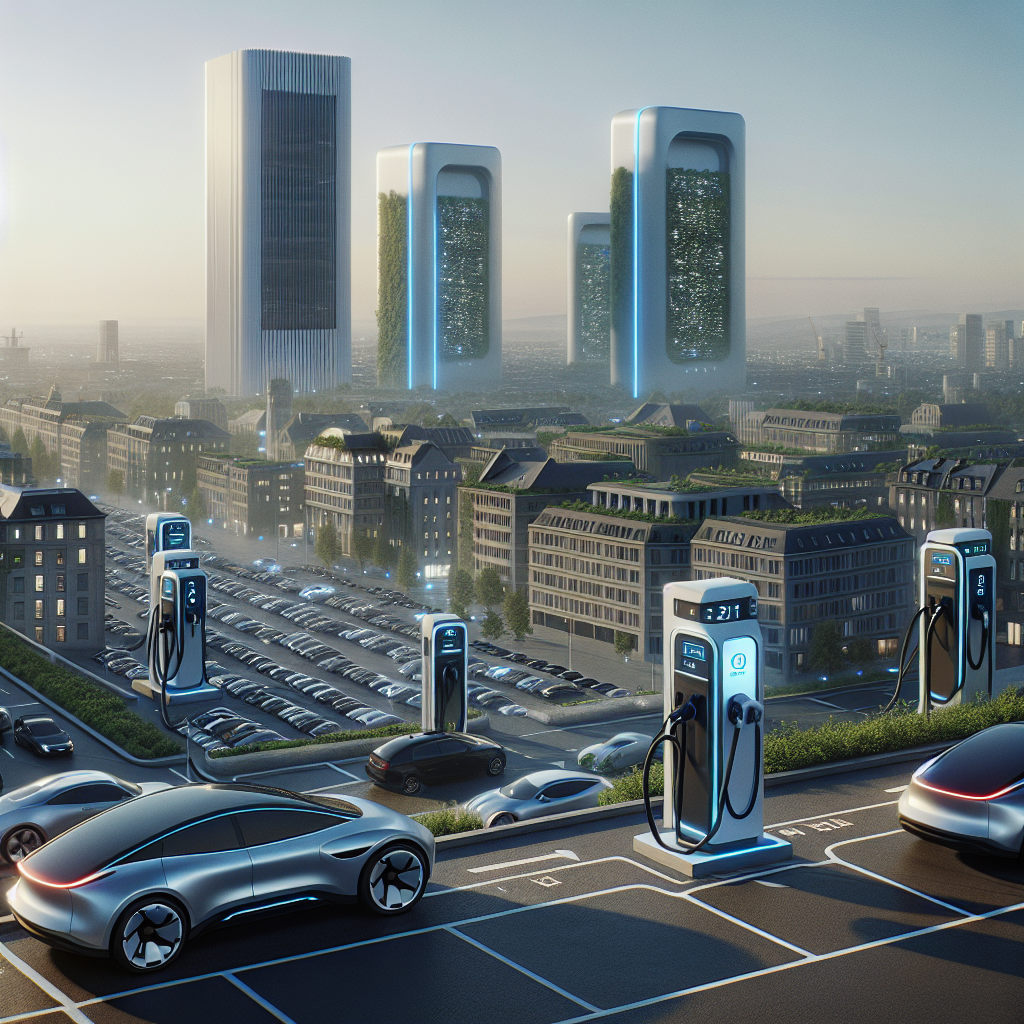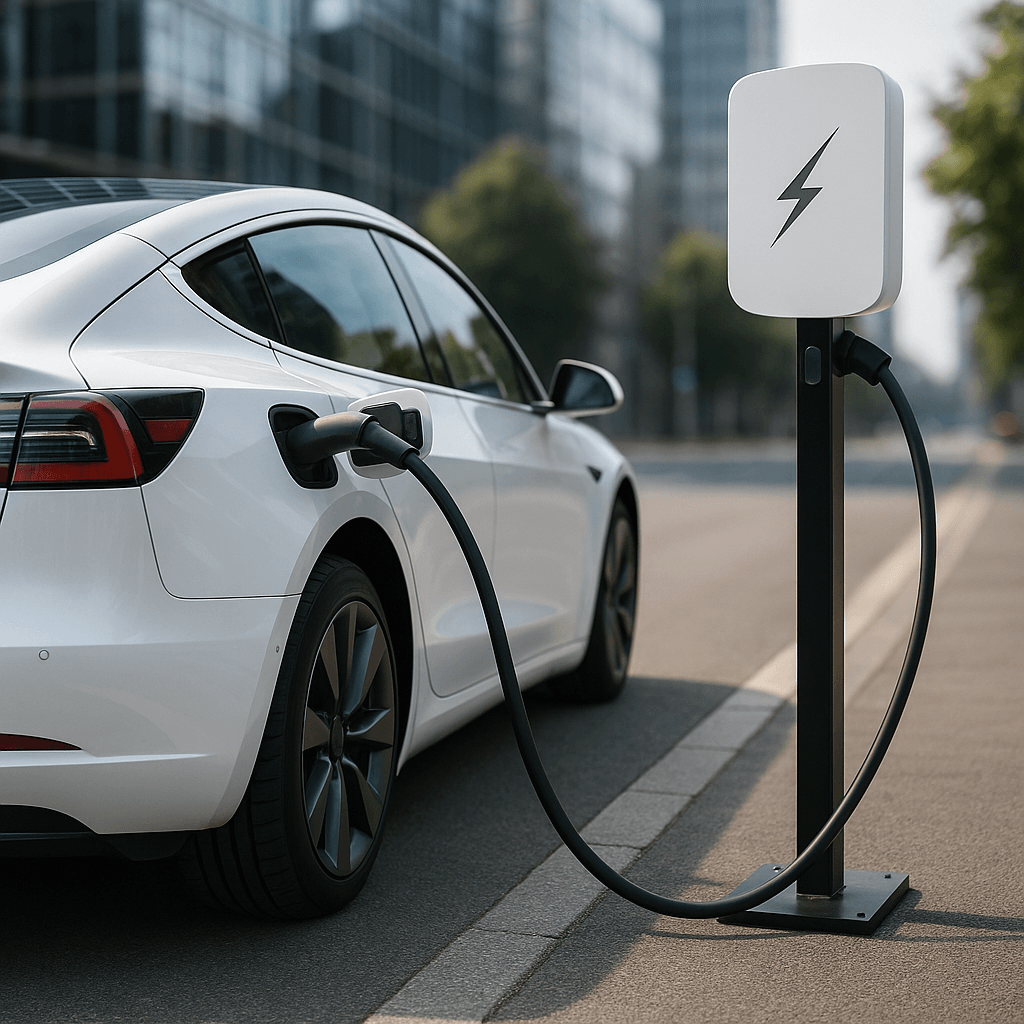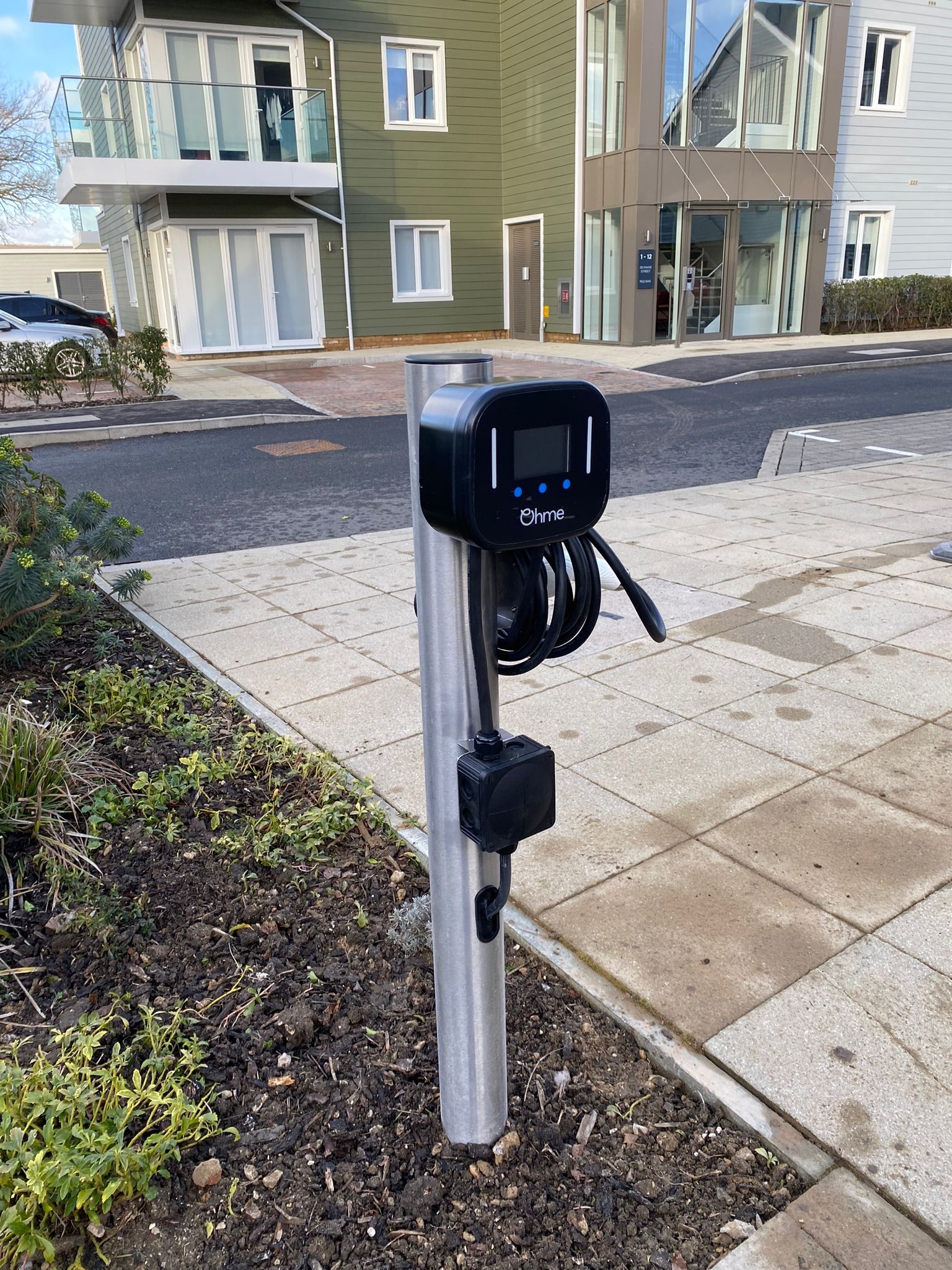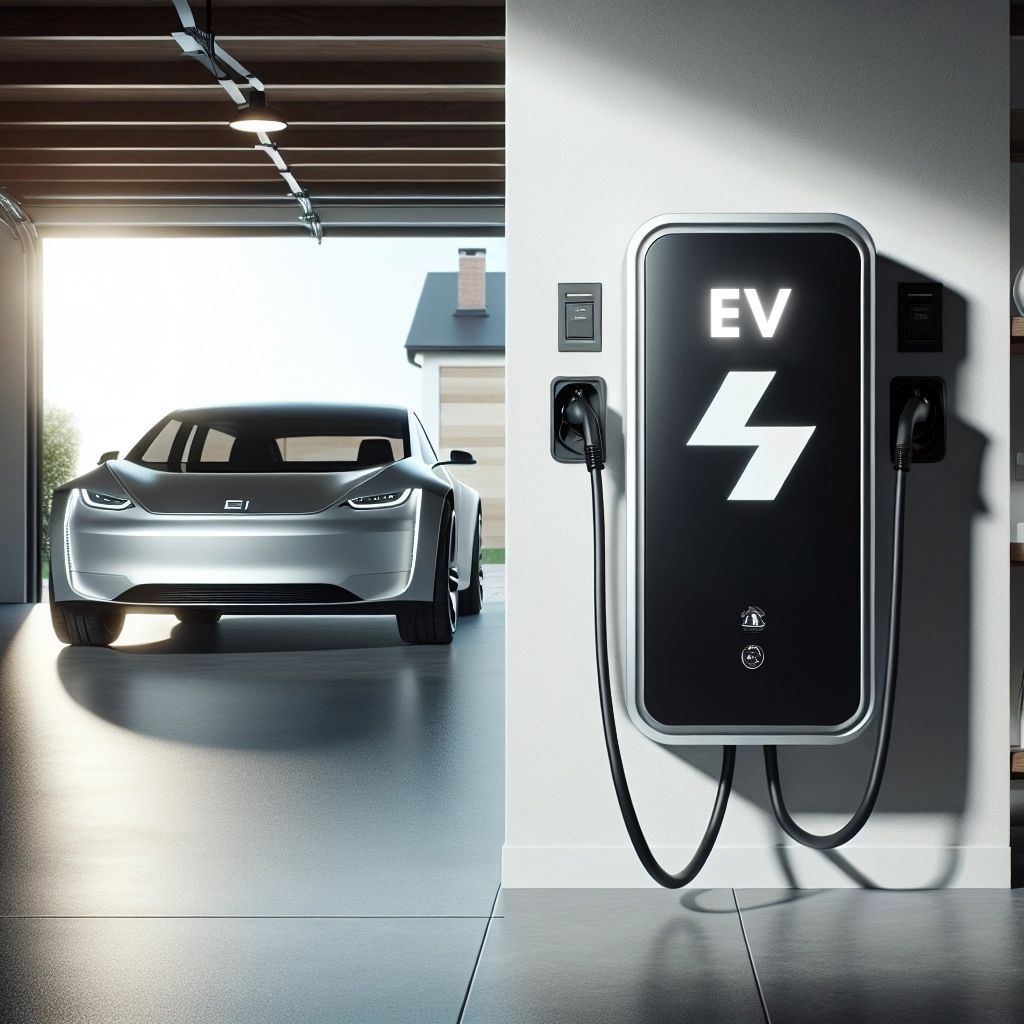In recent years, the United Kingdom has undergone a profound shift in its approach to sustainable transportation, largely driven by the expansion of solar-powered fast-charging hubs along its extensive motorway network. This strategic initiative not only enhances the accessibility of electric vehicle (EV) charging facilities but also reinforces the nation’s commitment to reducing carbon emissions.
The integration of solar energy into these charging hubs signifies a pivotal development, leveraging clean, renewable resources to power an expanding fleet of electric vehicles. This approach aligns with the UK’s broader environmental goals and offers a glimpse into a future where transportation infrastructure is both efficient and environmentally friendly. By situating these solar EV stations along major motorways, the initiative ensures that long-distance travel in electric vehicles becomes more feasible, addressing a critical barrier to widespread EV adoption.
As the network of UK charging hubs continues to expand, the emphasis on sustainable energy solutions underscores a paradigm shift in how the country approaches its energy consumption and transportation needs. This development not only supports the growing demand for electric vehicles but also sets a precedent for other nations aiming to enhance their sustainable infrastructure initiatives.
Expansion of Solar-Powered Fast-Charging Hubs Across UK Motorways
Imagine a future of travel where running out of power on the road is no longer a concern. The ongoing development of solar-powered fast-charging hubs across UK motorways is transforming this vision into reality. With a strategic focus on integrating renewable energy sources, the initiative paves the way for a cleaner, more sustainable transportation network.
The expansion of these hubs is propelled by multiple factors. Firstly, the growing number of electric vehicles (EVs) on the road necessitates a reliable and accessible charging infrastructure. By placing solar EV stations along major motorways, the UK ensures that long-distance travel in electric vehicles is not only possible but also convenient, effectively addressing the range anxiety that potential EV buyers often experience.
Moreover, the deployment of solar-powered charging stations aligns with the UK’s ambitious environmental targets, aiming to achieve net-zero emissions by 2050. The use of solar panels significantly reduces the carbon footprint of charging activities, offering a clean and sustainable alternative to traditional energy sources. As noted by experts in the industry, “The integration of solar energy in EV charging is not just a trend; it is a necessity for a sustainable future,” says John Smith, a leading voice in sustainable transportation.
An example of this initiative in action is the partnership with EVChargerPost, a key supplier in the expansion effort. According to a recent report from Auto Express, these collaborations are essential in accelerating the rollout of solar-powered fast-charging hubs, ensuring that the UK remains at the forefront of sustainable transportation innovation.
In conclusion, as the UK continues its commitment to expanding the solar-powered fast-charging network, it not only addresses the current demand for EV infrastructure but also sets a precedent for other nations to follow. The ongoing progress serves as a beacon of sustainable innovation, fostering a future where eco-friendly travel becomes the norm rather than the exception.
The Rollout of Solar-Powered Charging Stations
The rapid advancement of solar-integrated charging infrastructure in the UK is reshaping the landscape of electric vehicle travel. As demand for electric vehicles soars, understanding the intricacies of this expansion becomes crucial. This section delves into the current landscape of charging stations, the pivotal role of solar power, and the strategic placement of these hubs.
Overview of the Current Charging Infrastructure in the UK
The UK boasts a robust network of charging stations, yet challenges remain in meeting the increasing demand for electric vehicles. Currently, the country hosts over 40,000 public chargers, with a significant proportion being fast chargers. However, the push towards a greener future necessitates further expansion and innovation.
The introduction of solar-powered stations is a transformative step. By reducing reliance on the grid, these stations not only enhance sustainability but also ensure a more resilient infrastructure. According to a report by Auto Express, collaborations with firms like EVChargerPost are pivotal in this evolution, providing the technology and expertise needed to accelerate deployment.
Integration of Solar Power in EV Stations
Solar power integration in EV charging stations represents a significant leap forward in sustainability. This approach harnesses the sun’s energy to power vehicles, dramatically reducing emissions associated with traditional charging methods. By utilizing photovoltaic panels, stations convert sunlight directly into electricity, an innovation that aligns with the UK’s commitment to achieving net-zero emissions by 2050.
Furthermore, solar-powered stations often incorporate energy storage systems, allowing them to store excess energy for use during peak demand times or cloudy days. This not only ensures a consistent energy supply but also stabilizes the grid. As noted by energy expert Dr. Emily Clarke, “The fusion of solar technology with EV infrastructure is a cornerstone for sustainable transport.”
Strategic Locations Along UK Motorways
The strategic placement of charging hubs along major motorways is crucial for supporting long-distance EV travel. These locations are selected based on traffic patterns, convenience, and accessibility, ensuring that drivers have reliable access to charging facilities. By focusing on high-traffic areas, the UK can effectively address the issue of range anxiety, a common concern among EV owners.
Motorway service stations, often bustling hubs of activity, are ideal for these installations. The integration of solar-powered fast-charging stations at such locations not only boosts the overall efficiency of the network but also encourages more drivers to switch to electric vehicles. This strategic rollout is a testament to the nation’s forward-thinking approach to sustainable transport, setting an example for others to emulate.
Benefits for Long-Distance EV Drivers
Embarking on a cross-country journey without the constant worry of finding a charging point is becoming a reality for EV drivers. The expansion of solar-powered fast-charging hubs along the UK’s motorways is revolutionizing travel for electric vehicle (EV) drivers. This section explores the manifold benefits that these advancements bring, from enhancing travel convenience to promoting environmental sustainability.
Enhancing Accessibility and Convenience
The strategic placement of charging hubs along major routes is a game-changer for EV drivers. Not only does it ensure reliable access to charging facilities, but it also drastically reduces travel interruptions. These stations are strategically located in high-traffic areas, allowing drivers to recharge quickly and continue their journey without unnecessary detours.
Furthermore, the integration of solar energy at these hubs adds another layer of convenience. By utilizing renewable resources, the stations are less dependent on the traditional grid, ensuring a more consistent energy supply even during peak travel times. According to a report by Auto Express, collaborations with companies like EVChargerPost are pivotal in deploying these stations efficiently.
Reducing Carbon Footprint with Solar EV Stations
The switch to solar-powered charging stations plays a crucial role in reducing the overall carbon footprint of the UK’s transportation sector. By harnessing the power of the sun, these hubs minimize reliance on fossil fuels, aligning with the country’s goal of achieving net-zero emissions by 2050.
Solar EV stations utilize photovoltaic panels to convert sunlight into electricity, ensuring that the energy consumed during charging is both clean and sustainable. An industry expert, Dr. Emily Clarke, emphasizes, “The fusion of solar technology with EV infrastructure is a cornerstone for sustainable transport.” This integration not only supports environmental goals but also sets a benchmark for other nations aiming to enhance their sustainable infrastructure.
Cost Efficiency and Savings for Drivers
While sustainability and accessibility are critical, the financial benefits for EV drivers should not be overlooked. Solar-powered charging stations often lead to lower operational costs due to their reduced dependence on traditional energy sources. This translates into savings for drivers, as charging fees can be more competitive compared to conventional stations.
Additionally, as solar technology becomes more prevalent, the initial investment in these stations is offset by long-term savings. Drivers benefit from more predictable pricing and a reduction in fuel costs, making EV ownership more attractive. This financial incentive, coupled with the environmental benefits, encourages more drivers to transition to electric vehicles, further supporting the UK’s sustainable transport initiatives.
Future Prospects and Challenges
The future of the UK’s transportation infrastructure is being shaped by the continued revolution of solar-powered fast-charging hubs. This section explores the essential role of government policies, cutting-edge technological advancements in solar integration, and the potential challenges faced during the motorway fast charging expansion.
Government Policies and Support for UK Charging Hubs
The success of the UK’s solar-powered fast-charging network is heavily influenced by government policies and support. The government’s commitment to achieving net-zero emissions by 2050 is a driving force behind these initiatives. With substantial investments and incentives, the government is paving the way for accelerated deployment of sustainable charging infrastructure.
Key measures include grants for the installation of charging stations and tax incentives for businesses that invest in sustainable energy solutions. Additionally, the government’s Road to Zero strategy outlines ambitious targets for zero-emission vehicles, further bolstering the expansion of the charging network. According to a recent statement by Transport Secretary Grant Shapps, “Our vision for a cleaner, greener future is underpinned by a robust charging infrastructure that supports EV adoption.”
Technological Advancements in Solar Integration
Technological innovations are at the forefront of transforming the UK’s charging infrastructure. The integration of advanced photovoltaic technologies allows for more efficient solar energy capture and utilization. New developments in energy storage systems further enhance the reliability of these stations, ensuring a steady supply of power regardless of weather conditions.
Emerging technologies such as bifacial solar panels, which can capture sunlight from both sides, and smart grid solutions are being explored to optimize energy use. Collaborations with industry leaders like EVChargerPost are crucial in bringing these technologies to the forefront, enabling a more resilient and sustainable network. As noted by energy specialist Dr. Sarah Thompson, “Innovation in solar technology is key to unlocking the full potential of renewable energy in transportation.”
Addressing Potential Challenges in Motorway Fast Charging Expansion
While the expansion of solar-powered charging hubs is promising, it is not without challenges. Infrastructure limitations, such as the availability of suitable sites and grid capacity, pose significant hurdles. Additionally, the initial cost of installing solar-integrated stations can be prohibitive, requiring strategic partnerships and investments to overcome.
Another challenge is the need for public awareness and acceptance of these technologies. Educating the public about the benefits of solar energy and its role in sustainable transport is essential for widespread adoption. To address these issues, the government and private sector must work collaboratively, leveraging resources and expertise to ensure a seamless transition to a sustainable future.
As the UK continues its journey towards a cleaner transportation network, the interplay of government support, technological innovation, and strategic problem-solving will be crucial in overcoming these challenges and achieving long-term success.
Driving Towards a Sustainable Future: The Role of Solar-Powered Charging Hubs
The ongoing expansion of solar-powered fast-charging hubs across UK motorways signifies a transformative leap towards a more sustainable transportation infrastructure. By seamlessly integrating renewable energy into EV charging stations, this initiative not only enhances the accessibility and convenience for long-distance EV drivers but also significantly reduces the carbon footprint associated with traditional charging methods.
This strategic development is bolstered by robust government policies and support aimed at achieving net-zero emissions by 2050, alongside cutting-edge photovoltaic technology that maximizes the efficiency and reliability of solar energy capture. While challenges such as infrastructure limitations and the need for public awareness persist, the collaborative efforts between the government and the private sector are crucial in overcoming these hurdles and ensuring the successful rollout of this initiative.
Ultimately, the UK’s commitment to expanding its solar-powered charging network stands as a beacon of sustainable innovation, offering a scalable model for other nations seeking to transition towards greener transportation solutions. As this vision unfolds, it paves the way for a future where environmentally friendly travel becomes the standard rather than the exception.



